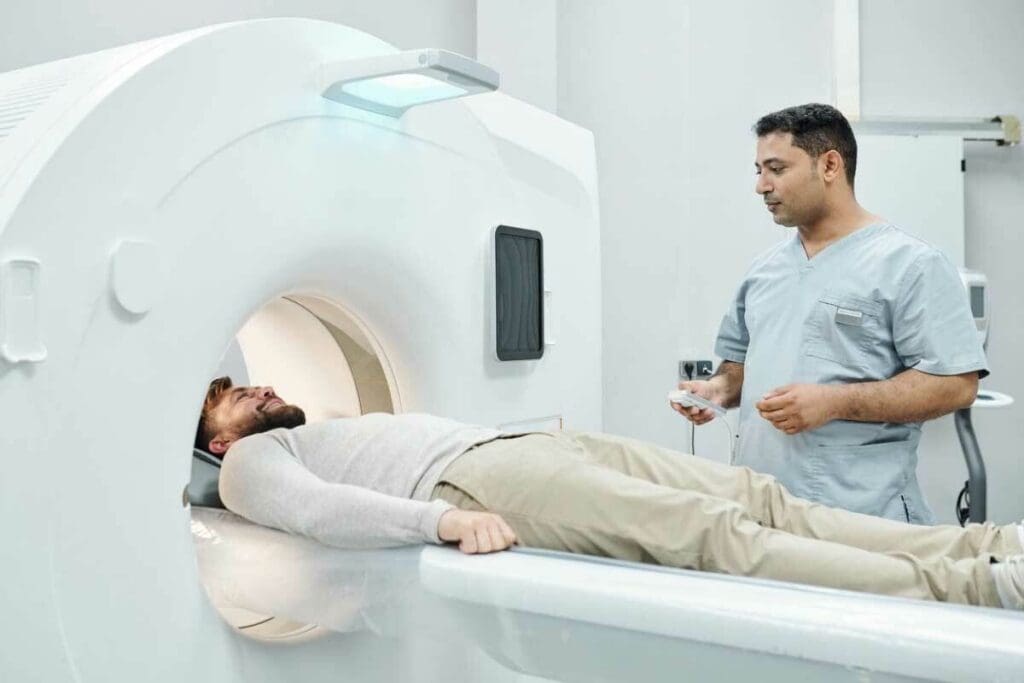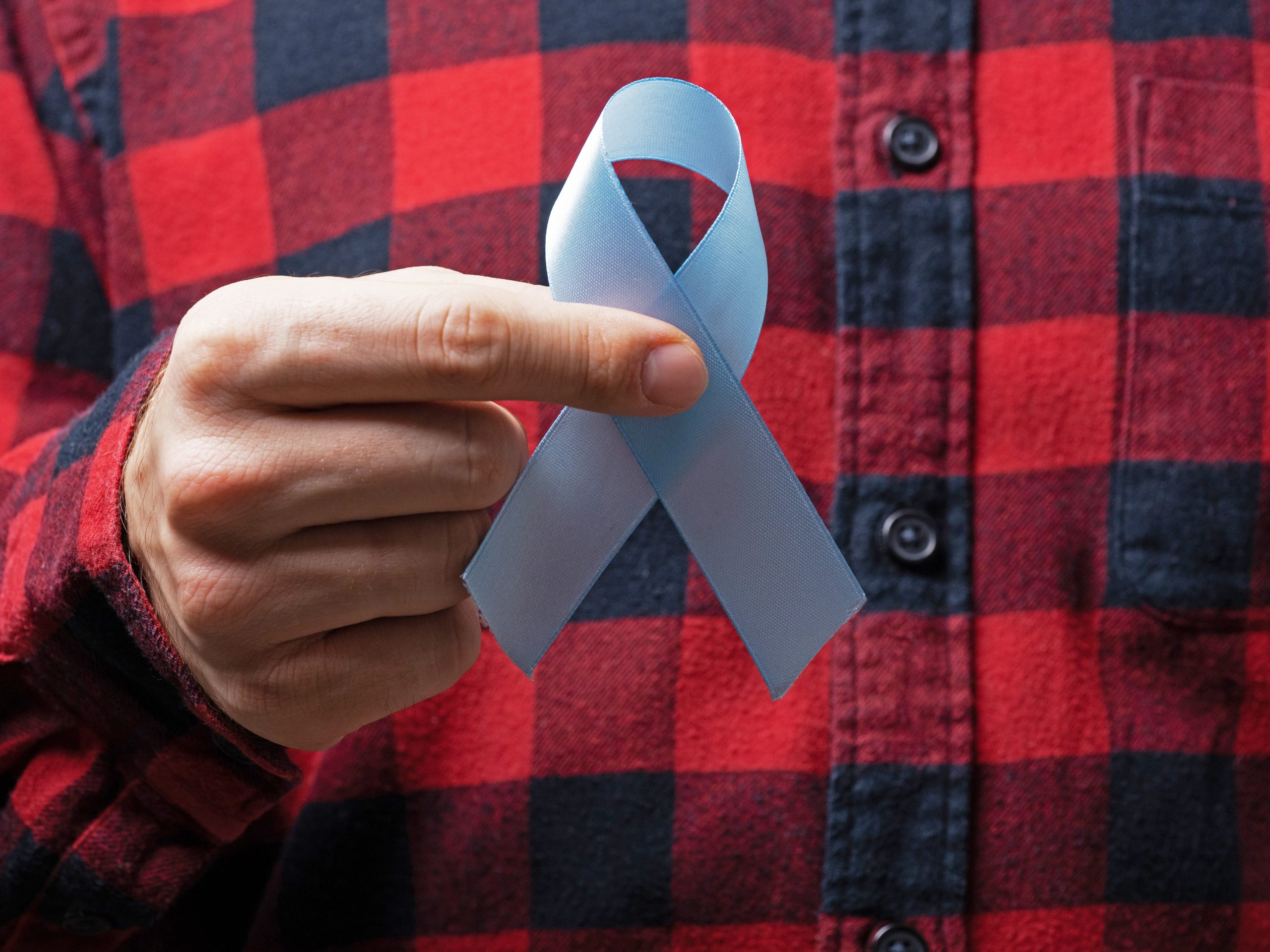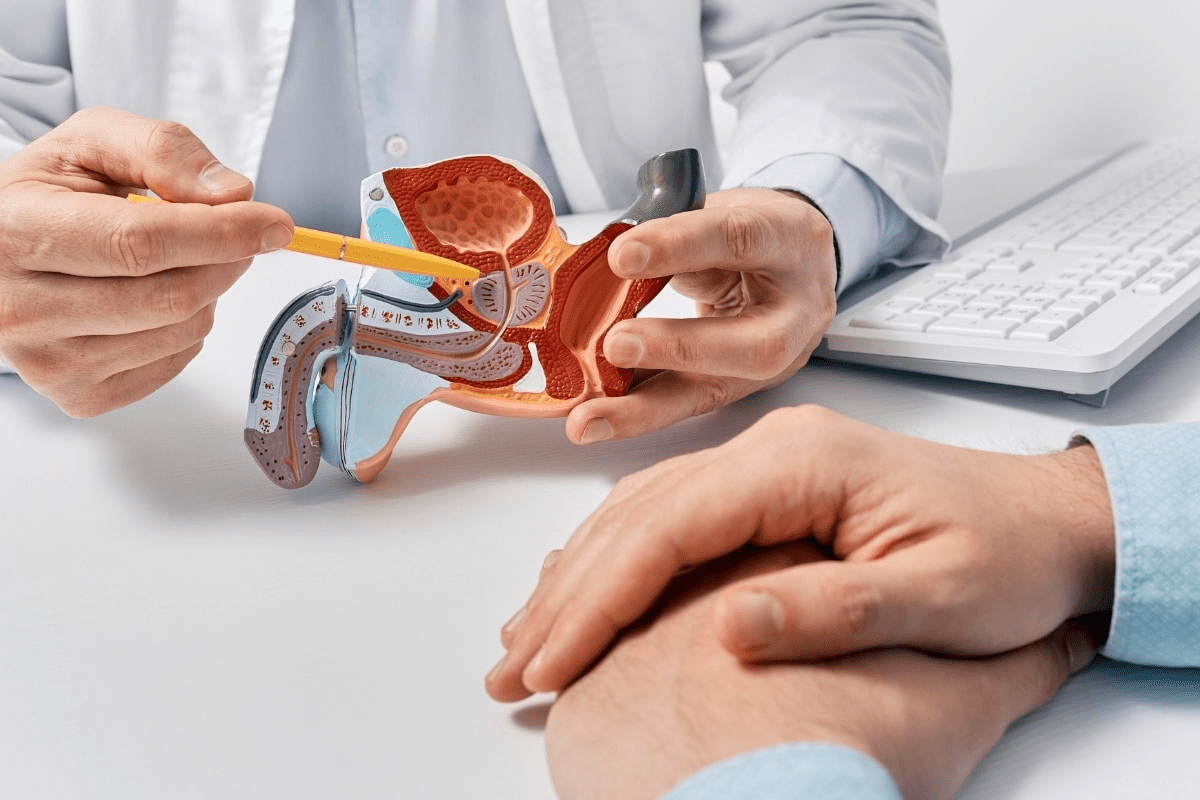Last Updated on November 27, 2025 by Bilal Hasdemir

Getting ready for a PET scan can seem overwhelming. But with the right help, you can make it through smoothly. Many people wonder, do you wear clothes during a PET scan? At Liv Hospital, we focus on your safety and top-notch care. Our team is here to support you every step of the way.
Knowing what to wear and what to avoid is key to good PET scan results. You’ll likely need to wear a hospital gown and take off clothes with metal. If you’re pregnant or breastfeeding, tell your doctor and the technologist. This can affect the scan.
We’ll show you 10 important tips for PET scan prep. By following these, your scan will go well and be accurate.
Key Takeaways
- Understand the clothing guidelines for a PET scan
- Know what to avoid before and during the scan
- Follow dietary restrictions and medication instructions
- Inform your doctor about pregnancy or breastfeeding
- Remove any clothing containing metal before the scan
Understanding PET Scans: What to Expect During the Procedure
A PET scan is a high-tech test that shows how your body works. It uses a tiny bit of radioactive material to see how your organs and tissues function. This test is non-invasive and doesn’t hurt.
How PET Scans Work
PET scans detect energy from a special material in your body. This energy turns into detailed images. Doctors use these images to find and track diseases.
The process starts with injecting the special material into your blood. It then goes to the parts of your body being studied. The scanner picks up signals from this material, showing how your body’s cells are working.
Why Proper Preparation Matters
Getting ready for a PET scan is key to getting good results. You need to follow certain diet rules, skip some medicines, and keep your blood sugar in check. This helps your scan show clear images for your doctors.
If you don’t prepare well, your scan might not be accurate. This could mean you need to do the scan again, which is a hassle and expensive. Your doctor will tell you exactly how to get ready, so listen carefully.
Common Uses for PET Scans
PET scans help doctors in many ways. They can find and track cancer, check for brain diseases like Alzheimer’s, and see how well your heart is working. They’re a powerful tool in healthcare.
| Medical Condition | PET Scan Application |
| Cancer | Diagnosis, staging, and monitoring treatment response |
| Neurological Disorders | Detecting conditions like Alzheimer’s disease and epilepsy |
| Cardiovascular Disease | Assessing heart health and metabolic activity |
Knowing how PET scans work and what they’re used for helps you see their value. It shows why getting ready for a scan is so important.
Tip 1: Dietary Restrictions Before Your PET Scan
Getting ready for a PET scan is more than just arriving on time. You need to pay close attention to what you eat before it. Following certain dietary rules is key to getting accurate scan results.
Fasting Requirements: The 4-6 Hour Rule
Most patients are told to fast for 4 to 6 hours before a PET scan. This fasting helps ensure the body is ready for clear imaging. Make sure to skip any food or drinks with sugar or calories during this time. These can mess up the scan’s accuracy.
Doctors say fasting before a PET scan lowers glucose levels in the body. This is important for the radiotracer used in the scan to work right.
“Proper preparation, including dietary restrictions, is key to achieving high-quality PET scan images.”
Foods to Avoid Before Your Scan
In the days before your PET scan, try to eat less sugar and carbs. Staying away from sugary drinks and simple carbs helps get better scan results.
| Foods to Avoid | Reason |
| Sugary drinks and foods | Interfere with glucose metabolism |
| HiHigh-carbohydrateoods | Affect metabolic activity |
What You Can and Cannot Drink
For 4-6 hours before the scan, stick to plain water. Plain water is okay and encouraged to keep you hydrated. But skip drinks with sugar or calories, and caffeinated ones that can mess with your heart rate and metabolism.
Always check with your healthcare provider for specific advice for your PET scan.
Tip 2: Do You Wear Clothes During a PET Scan? Dressing Guidelines
When you’re getting ready for a PET scan, knowing what to wear is key. The clothes you choose can impact the scan’s quality. This is because the type of clothing can affect the images taken during the scan.
Hospital Gowns vs. Your Own Clothing
You’ll likely be asked to wear a hospital gown for your PET scan. This is to avoid metal objects and ensure the tracer spreads evenly. Hospital gowns are metal-free, which helps prevent artifacts in the scan images.
But some places might let you wear your clothes. If you can, pick something comfortable and metal-free. Stay away from clothes with metal zippers, buttons, or underwires. These can mess with the scan.
Metal-Free Clothing Options
Think about wearing clothes made from natural fibers like cotton or wool. These are comfy and unlikely to have metal. Choose clothes without metal studs or sequins to avoid any issues.
| Clothing Item | Recommended | Not Recommended |
| Shirts/Tops | Cotton, plain | With metal buttons or zippers |
| Pants | Sweatpants, elastic waist | With metal zippers or buttons |
| Dresses | Simple, without metal | With metal embellishments |
Jewelry and Accessories: What to Remove
To get clear images, take off any jewelry or accessories with metal. This includes:
- Necklaces
- Earrings
- Rings
- Watches
- Any hairpins or clips with metal
Leave these items at home or remove them before the scan to avoid any delays or extra steps.
By following these guidelines, you can help make your PET scan go smoothly. This ensures you get the best images for your diagnosis.
Tip 3: Exercise Limitations: Why Physical Rest Matters
Physical activity can change how your PET scan works. It’s key to know the exercise limitations before a PET scan. Strenuous exercise can mess with the radiotracer, making scan results less accurate.
The 24-48 Hour Exercise Restriction
Try to avoid hard exercise and physical activity for 24-48 hours before your PET scan. This rest helps your body and the radiotracer work better. It makes sure the scan images are clear.
How Physical Activity Affects Scan Results
Hard exercise can make blood flow and glucose uptake in muscles go up. This can mess with the PET scan’s ability to find problems. By not exercising too much, the radiotracer can focus on the right areas, like tumors.
Recommended Activity Levels Before Your Scan
In the days before your PET scan, keep your activity level low. Stay away from intense exercises like running or weightlifting. These activities raise your heart rate too much.
Instead, do light activities like walking or stretching. Try to keep these activities to a minimum. By following these tips, you help make sure your scan results are accurate. This gives your healthcare team the info they need to care for you well.
Tip 4: Medications to Avoid Before PET Scan
Before a PET scan, it’s key to know which meds to skip for the best results. Some drugs can mess with your scan’s accuracy. Always listen to your doctor about what to take or avoid before your test.
Diabetic Medications and Insulin Guidelines
If you have diabetes, managing your meds and insulin is very important before a PET scan. For scans before 12 noon, usually, you shouldn’t take insulin or diabetes pills that day. This keeps your blood sugar steady and prevents it from messing with your scan.
Tell your doctor about how you manage your diabetes. They might give you special instructions based on your situation.
Can You Take Tylenol Before a PET Scan?
Wondering if you can take Tylenol before a PET scan? Generally, yes, but check with your doctor first. Tylenol usually doesn’t affect PET scan results. But your doctor knows your health history and can give you the best advice for your scan.
- Always check with your healthcare provider before taking any medication on the day of your PET scan.
- Inform your doctor about all the medications you’re currently taking, including over-the-counter drugs.
Consulting with Your Doctor About Medication Timing
Talk to your doctor about your meds before your PET scan. This includes prescription drugs, over-the-counter items, and supplements. They can tell you the best time to take your meds for your scan.
- Make a list of all your current medications and their dosages.
- Discuss your medication schedule with your doctor, focusing on the day of the PET scan.
- Follow your doctor’s instructions regarding any adjustments to your medication timing.
By managing your meds carefully before a PET scan and following your doctor’s advice, you can get accurate results from your scan.
Tip 5: Managing Blood Sugar Levels for Accurate Results
Getting accurate PET scan results depends a lot on blood sugar levels, mainly for people with diabetes. It’s key to manage blood sugar well to get reliable scan info for diagnosis and treatment plans.
Blood Glucose Monitoring Before the Scan
People with diabetes need to check their blood sugar before the PET scan. It’s important to keep blood sugar between 70mg/dL and 200mg/dL for the scan to work well. We suggest checking your blood sugar often before your scan and adjusting your diet or meds as needed.
To get the right blood sugar level, follow these tips:
- Check your blood glucose levels regularly
- Adjust your diet to keep blood sugar stable
- Talk to your doctor about changing your meds if needed
Special Instructions for Diabetic Patients
Diabetic patients need to follow special rules to manage their blood sugar before a PET scan. We recommend:
| Guideline | Description |
| Monitor Blood Glucose | Check blood glucose levels often to keep them in the right range (70-200 mg/dL). |
| Adjust Medication | Talk to your doctor about changing your diabetic meds to get the right blood sugar level. |
| Dietary Adjustments | Make diet changes to keep blood sugar stable. |
How Blood Sugar Affects Image Quality
Blood sugar levels can really affect how clear PET scan images are. High or low blood sugar can mess up how the radiotracer spreads, leading to wrong scan results. Doctors say, “The best blood sugar levels are key for clear PET scan images that show the body’s metabolic activity well.”
“Optimal blood glucose levels are key for clear PET scan images that show the body’s metabolic activity well.”
Medical Expert
By controlling your blood sugar, you can help make sure your PET scan is accurate and useful. If you have diabetes, it’s very important to work with your healthcare team to get the right blood sugar levels before your scan.
Tip 6: Caffeine, Nicotine, and Other Stimulants to Avoid
Before a PET scan, it’s important to stay away from certain stimulants. Caffeine and nicotine can change how your body works. This might make the scan results not accurate.
Timeline for Avoiding Stimulants
We ask patients to avoid caffeine and decaffeinated drinks for 24 hours before the scan. Nicotine, like patches and cigarettes, should be stopped for 12 hours before. Following this advice helps make sure the scan is accurate.
Why These Substances Interfere with Results
Caffeine and nicotine can change your heart rate, blood pressure, and how your body uses energy. These changes can affect how the scan works. By not using these substances, you help us get a clearer picture of your health.
“Avoiding caffeine and nicotine before a PET scan is key for accurate results. These substances can change your body’s energy use, which might make the scan results unclear.”
Managing Withdrawal Symptoms
Stopping caffeine and nicotine can cause headaches or feeling irritable. To feel better, drink lots of water and relax. If your symptoms are bad, talk to your doctor.
By not using stimulants before your PET scan, you help make sure the results are right. If you have questions about getting ready for your scan, talk to your healthcare team.
Tip 7: Hydration Guidelines: Water Intake Before and After
Drinking enough water before and after your PET scan is key. It helps your body use the radiotracer well. This ensures the scan images are clear and useful.
Proper Hydration Protocols
We tell patients to drink lots of water before their PET scan. Unless you’re on a special diet, aim for eight glasses of plain water. This helps:
- Flush out the radiotracer after the scan
- Reduce the risk of dehydration
- Improve the overall quality of the scan images
When to Stop Drinking Before the Procedure
It’s important to know when to stop drinking water before your PET scan. Usually, stop drinking about one hour before. This lets your body process the fluids without discomfort during the scan.
| Time Before Scan | Hydration Guidelines |
| 24 hours | Start increasing water intake |
| 1 hour | Stop drinking water |
| After Scan | Resume drinking water |
Post-Scan Hydration Recommendations
After your PET scan, keep drinking water to help your body get rid of the radiotracer. Drink water regularly for the rest of the day. It helps remove the radiotracer and aids in recovery.
By following these hydration guidelines, you help make your PET scan successful. You’ll also feel more comfortable during the process.
Tip 8: PET Scan Prep Day Before: Creating a Checklist
Organizing your PET scan prep into a checklist can ease your mind. It helps you focus on your health. There are several steps to take the day before and the morning of the scan for a smooth experience.
Night-Before Preparations
The day before your PET/CT scan, avoid hard exercise and physical activity for 24 hours. This ensures your scan results are accurate and not affected by recent activity.
Also, check your dietary restrictions and plan your meals. Avoid foods and drinks that might affect your scan results. Follow the fasting and dietary advice from your healthcare provider.
Morning-of Procedures
On the day of your PET scan, follow your healthcare provider’s instructions on medication, food, and drink. Make sure to arrive early to complete paperwork and preparations.
Drink water as advised by your healthcare provider. Staying hydrated helps distribute the radiotracer and improves scan quality.
Items to Bring to Your Appointment
Bring these items to your PET scan appointment for a smooth experience:
| Item | Description |
| Insurance Cards and ID | For verification and billing purposes |
| Medical Records and Scan Results | To provide your medical history and previous scan results |
| List of Medications | To inform your healthcare provider about any medications you’re currently taking |
| Comfortable Clothing | To ensure your comfort during the scan |
Having these items ready and organized can help reduce stress and make your PET scan experience more manageable.
Tip 9: Special Considerations for Cancer Patients
Getting ready for a PET scan as a cancer patient has its own set of challenges. You might need to follow extra steps to get accurate results and a smooth process.
PET Scan Prep for Cancer: Additional Guidelines
Cancer patients have special prep needs that differ from others. Your doctor will give you specific instructions based on your treatment plan. It’s key to follow these closely to get the most from your PET scan.
Managing your blood sugar is very important. For diabetics, this can be tough. Checking your blood glucose before the scan is critical, as it affects the scan’s accuracy.
| Preparation Aspect | Standard Guideline | Cancer Patient Guideline |
| Dietary Restrictions | Fasting for 4-6 hours | May require additional dietary adjustments based on cancer treatment |
| Blood Sugar Monitoring | Not typically required | Essential for diabetic patients to ensure accurate scan results |
| Communication with Healthcare Team | Informing about medications and conditions | Critical for cancer patients to discuss specific concerns and treatment plans |
Communicating with Your Oncology Team
Talking well with your oncology team is key when getting ready for a PET scan. Tell your team about any meds, supplements, or worries you have. This makes sure your PET scan is safe and works well.
“Clear communication between the patient and their oncology team is the cornerstone of successful cancer treatment, including diagnostic procedures like PET scans.”
Managing Anxiety and Comfort During the Scan
Getting a PET scan can make you anxious, more so for cancer patients. Talking about your worries with your healthcare provider can help lessen anxiety. Also, knowing what to expect can make it more comfortable.
Here are some tips to manage anxiety:
- Arrive early to do any needed paperwork
- Have a friend or family member with you
- Try relaxation techniques like deep breathing
By following these tips and keeping in touch with your oncology team, you can have a successful PET scan. This scan will give you important information for your cancer treatment.
Tip 10: What to Expect During the Injection and Waiting Period
Getting ready for your PET scan? Knowing about the injection and waiting period is key for a smooth ride. The radiotracer injection is a big part of the PET scan. Knowing what to expect can ease any worries you might have.
The toiotracer Injection Process
A technologist will put an intravenous line in your arm or hand. This is where the radiopharmaceutical goes in. The injection is quick and might feel a bit like a pinch or sting. The radiotracer is a tiny, safe amount of radioactive stuff that lights up areas in your body during the scan.
The Uptake Period: What Happens While You Wait
After the injection, you’ll sit in a reclining chair for 60-90 minutes. This is the uptake period, when your body absorbs the radiotracer. You need to stay calm and not move much. This helps the radiotracer spread out evenly. You can read, listen to music, or just relax during this time.
Potential Side Effects and How to Manage Them
While the injection is mostly safe, some people might feel a metallic taste, get flushed, or feel warm. These feelings usually go away quickly. If you feel any discomfort or weird symptoms, tell your healthcare provider right away. They can help you feel better and make sure you’re comfortable while you wait.
Knowing what happens during the injection and waiting period can make your PET scan better. Being prepared and knowing what to expect can make the whole thing easier and less stressful.
Common Mistakes to Avoid When Preparing for Your PET Scan
To get the best results from a PET scan, it’s key to avoid common mistakes. Preparing well for a PET scan means paying close attention to details. Knowing what to avoid can help get accurate and reliable results.
Overlooked Dietary Restrictions
Many patients forget to follow dietary restrictions before a PET scan. Eating the wrong foods or drinks can really mess up the scan’s quality. This can lead to wrong interpretations of the results.
- Avoid sugary foods and drinks for at least 24 hours before the scan.
- Make sure to follow the fasting instructions given by your healthcare team.
- Watch out for caffeine, as it can mess with the scan’s results.
Medication Timing Errors
Managing medications before a PET scan is also very important. Wrong timing or dosage can mess up how the radiotracer works. This can lead to wrong results. It’s important to:
- Tell your doctor about all the medications you’re taking.
- Follow the exact instructions about when to take your medications.
- Ask any questions or share any concerns with your healthcare provider.
Forgetting Important Medical Information
Forgetting to share important medical info can cause problems. Telling your healthcare team about allergies, medical conditions, or past surgeries is vital. This ensures your safety and the scan’s accuracy.
By knowing these common mistakes and avoiding them, you can help make your PET scan go smoothly. This way, the results will be as accurate as they can be.
Conclusion: Ensuring the Best Results from Your PET Scan
By following 10 key PET scan prep tips, patients can get the best results. Proper preparation is key fothe r accurate and reliable scan results.
We’ve outlined the main steps to prepare for a PET scan. This includes dietary restrictions, clothing guidelines, and medication instructions. Following these and your healthcare team’s advice can lead to a successful PET scan.
To sum up, knowing and following the prep requirements can greatly improve your PET scan’s quality. This helps your healthcare team make accurate diagnoses and treatment plans.
Getting the best results from your PET scan is key. By understanding the importance of preparation and following guidelines, you help ensure a successful outcome.
FAQ
What should I wear to a PET scan?
Wear a hospital gown for the PET scan to avoid metal interference. Choose loose, comfy clothes without metal.
Can I wear jewelry during a PET scan?
No, remove all jewelry and accessories. They can mess up the scan images.
What are the dietary restrictions before a PET scan?
Fast for 4-6 hours before the scan. Avoid sugary or calorie-rich drinks. Follow your doctor’s dietary advice.
Can I take Tylenol before a PET scan?
Talk to your doctor about Tylenol or other meds before the scan. Some may need to be skipped or adjusted.
How should I manage my blood sugar levels before a PET scan?
Diabetic patients, follow your doctor’s blood sugar guidelines. They’ll ensure you’re in the right range for the scan.
What stimulants should I avoid before a PET scan?
Stay away from caffeine, nicotine, and other stimulants. They can mess up the scan results.
How much water should I drink before and after a PET scan?
Drinking enough water is key. Your doctor will tell you how much to drink before and after the scan.
What are the exercise limitations before a PET scan?
Avoid hard exercise for 24-48 hours before. It can affect the scan’s quality.
What should I do the night before a PET scan?
Follow your doctor’s advice for the night before. This includes diet, hydration, and other prep steps.
How can I prepare for a PET scan for cancer?
Cancer patients, follow extra guidelines. Talk to your oncology team for a smooth and successful scan.
What happens during the radiotracer injection and waiting period?
You’ll get a radiotracer injection and then wait. Your doctor will guide you and manage any side effects.
References
- Christie NHS Foundation Trust. (n.d.). PET-CT information for diabetic patients. https://www.christie.nhs.uk/media/rxmiigam/1140-pet-ct-info-for-diabetic-patients-nm.pdf






